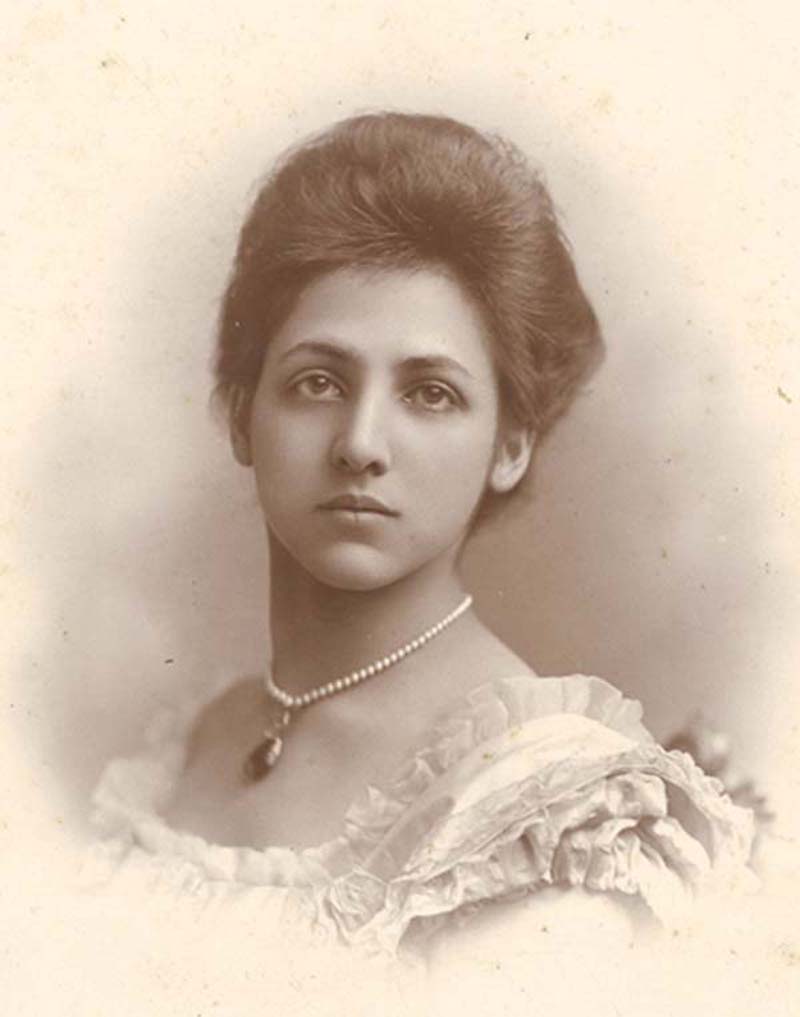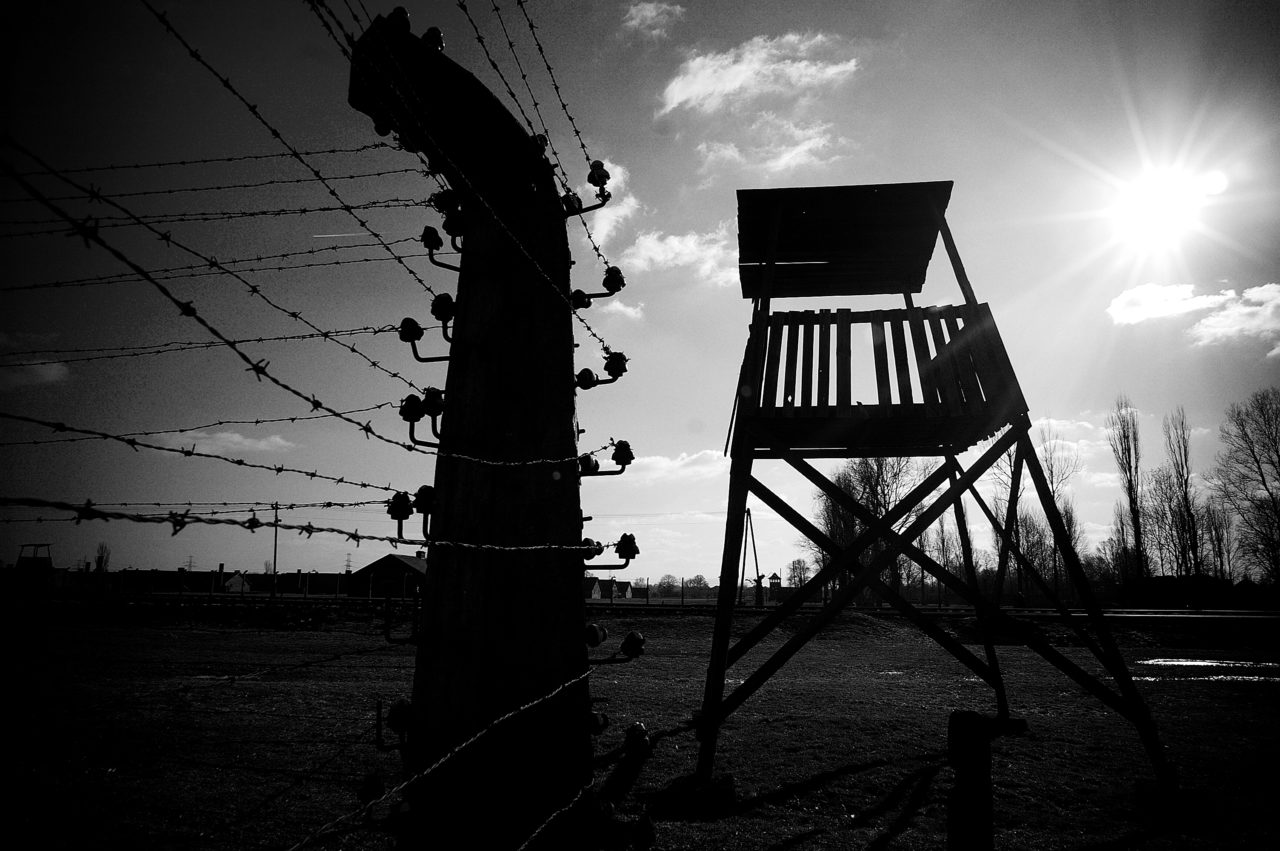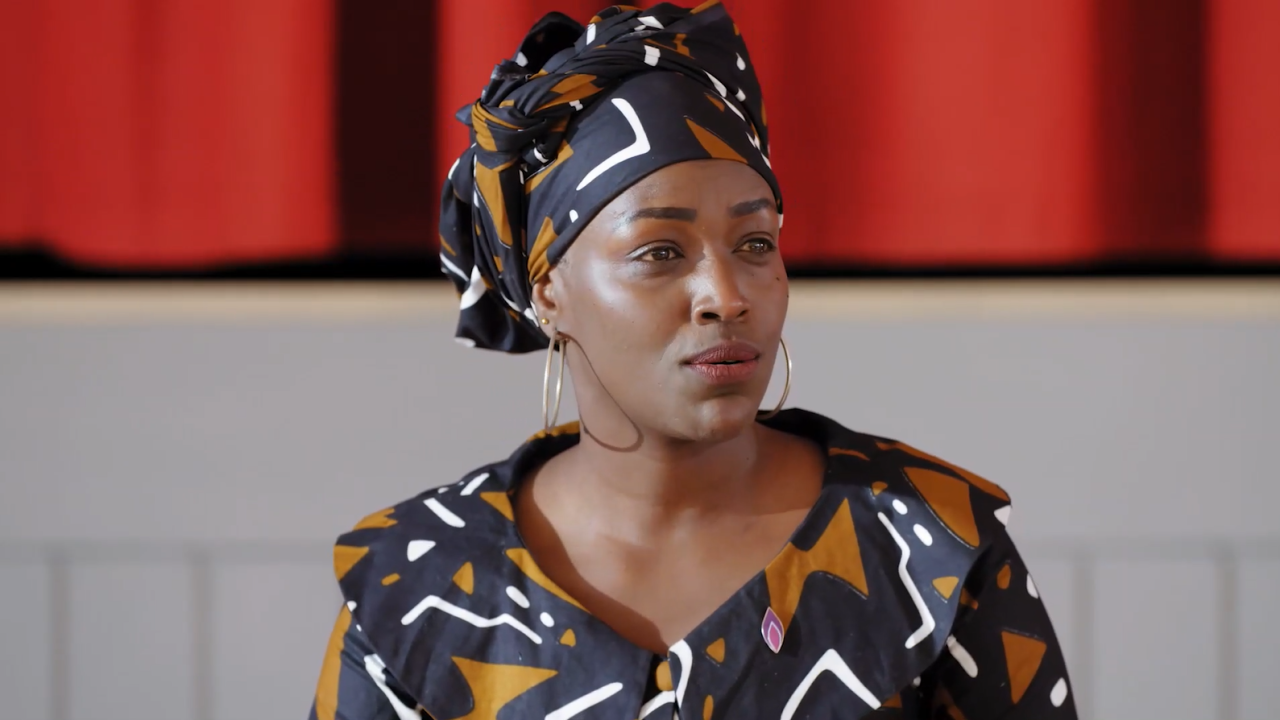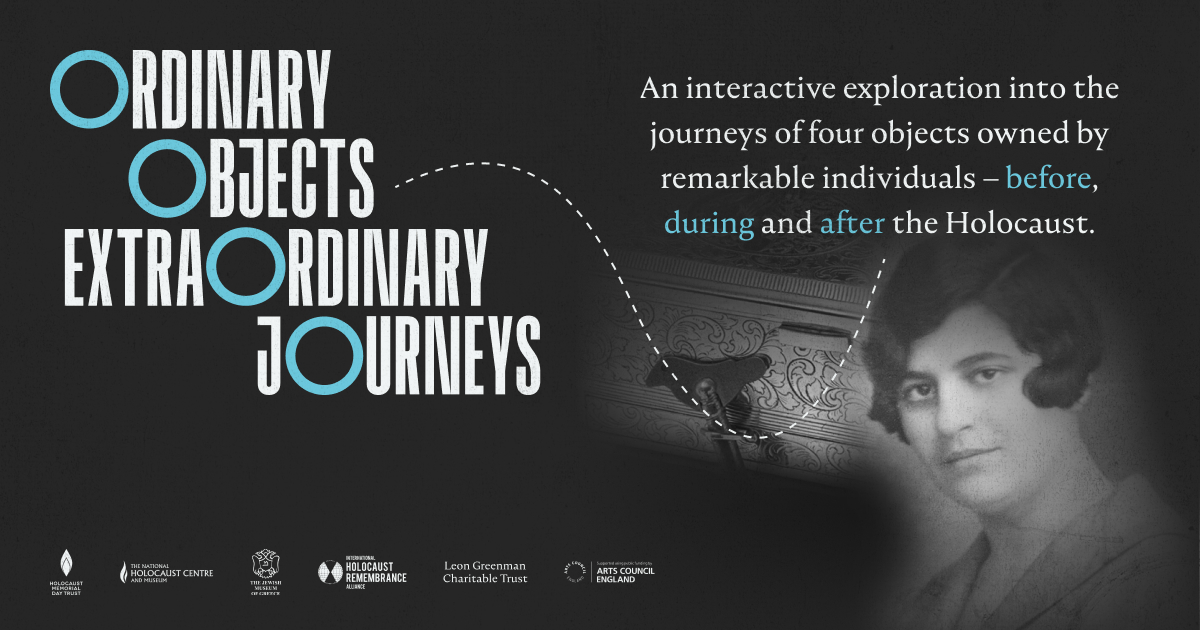
Catherine Duleep Singh
The Sikh Princess who helped Jewish Families escape Nazi Germany.
At one point, there were so many Jewish Germans living at her house in Buckinghamshire that the local people in her village were getting a bit scared asking where all these Germans were coming from because England was at war.
Peter Bance – Singh family archivist
Image: © duleepsingh.com
Princess Catherine Duleep Singh was born on 27 October 1871 in Thetford, Norfolk. Although she grew up in England, Catherine was the second daughter of the Maharaja Duleep Singh, the last Maharaja of the Sikh Empire in India who was deposed by the British following the last Anglo-Sikh war in 1849.
Catherine grew up in Elveden Hall in Suffolk, a traditional English estate that had been transformed into an ornate Mughal palace by her father. While her father was in India attempting to regain his throne, Catherine and her sisters were granted accommodation in Faraday House at Hampton Court by their godmother, Queen Victoria, who is said to have been particularly fond of the girls.
Catherine’s father failed in his attempt to regain his throne and was imprisoned in India. After her mother’s death, Catherine and her sisters were moved to Folkstone and to the care of Arthur Oliphant.
When living with the Oliphants, Catherine had a German governess, Fraulein ‘Lina’ Schäfer who was promptly befriended by Princess Catherine and became her lifelong partner.
Catherine never forgot her Indian ancestry, and in 1903 she toured India, visiting Lahor be, Kashmir, Dalhousie, Simla, and the holy Sikh city of Amritsar. There she attended Diwali festivities and met elderly Sikhs who had fought under her grandfather, Maharajah Ranjit Singh, the ‘Lion of the Punjab’.
In 1908 Catherine and Lina moved to Kassel, where Lina was from, and lived together throughout the First World War. Lina and Catherine’s accounts show this to be a happy time in their lives. Lina said, ‘We are like two mice living in a little house’, and Catherine wrote: ‘I am having a very good time of it and enjoying myself thoroughly’.
Despite living abroad, Catherine was a keen and active member of the women’s suffrage movement in the UK. She was a Suffragist and a member of the Fawcett Women’s Suffrage Group and the National Union of Women’s Suffrage Societies. In 1912 in order to raise funds for the ‘Constitutional women’s suffrage works’ she established a forest of Christmas trees in Birmingham.
During the 1930s throughout the rise of the Nazi party, and as Germany became a more and a more dangerous place for Jews to live, Catherine continued to live with Lina and helped German-Jewish families by providing a passage to England. The couple’s neighbours are reported to have said that ‘The local Nazis disapproved of the old Indian lady’. Nevertheless, the pair continued to help German-Jewish families until Lina passed away on 26 August 1937 aged 79. Catherine was deeply upset by her death. In her will, she requested that a quarter of her ashes be ‘buried as near as possible to the coffin of my friend Fraulein Lina Schäfer’.
After Lina’s death and with the threat of war looming, Catherine felt that Germany did not have much to offer. She decided to return to England and settled in Coalhatch House in Penn, Buckinghamshire, with her two sisters. Coalhatch House would become a refuge for several Jewish families who had fled Germany and to evacuees from the Blitz.
The details of many Jews Catherine managed to help are still emerging but, in some circles, she is referred to as the ‘Indian Schindler’ in honour of the German Industrialist, Oskar Schindler, who saved hundreds of Jews by employing them in his factories. One Jewish family that Catherine saved was the Hornstein family. Wilhelm Hornstein, a government lawyer from Braunschweig, Germany, was arrested by the Gestapo and sent to Sachsenhausen Concentration Camp, on the outskirts of Berlin, for several weeks. Luckily Wilhelm was released because capacity at Sachsenhausen had been overestimated and he emerged from this experience thoroughly shaken. He fled immediately, without any money or possessions, to London.
His wife, Ilse and their two children Klaus-George and Ursula, made their own plans to leave the country. A group of Quakers helped them to secure a passage to Australia in the following September, but this meant staying in Germany another nine months. The family met Catherine in Berlin, and she offered to let them stay with her at her home in Buckinghamshire. She arranged visa sponsorship letters to enable the whole family to be reunited in England. In 2003 Ursula reflected on the kindness of Catherine:
A perfect stranger to do that…what you might call a good Samaritan.
Catherine passed away at her house in Buckinghamshire on 8 November 1942. However, her legacy is shrouded by what was expected to be an exciting discovery, when her bank account was unearthed in 1997. Catherine had no children, so the account was only discovered when the Swiss Bankers Association released a list of dormant bank accounts as part of an effort to restore properties of Holocaust victims to their descendants.
There was a great deal of speculation that the account would hold documents that could prove that the Kohinoor diamond that adorns the British crown jewels was taken from the Maharaja Duleep Singh by deceit. The account was found to contain only money, 137,323 Swiss Francs. There were a number of claimants, but the money was eventually awarded to the descendants of Catherine’s sister Bamba.


